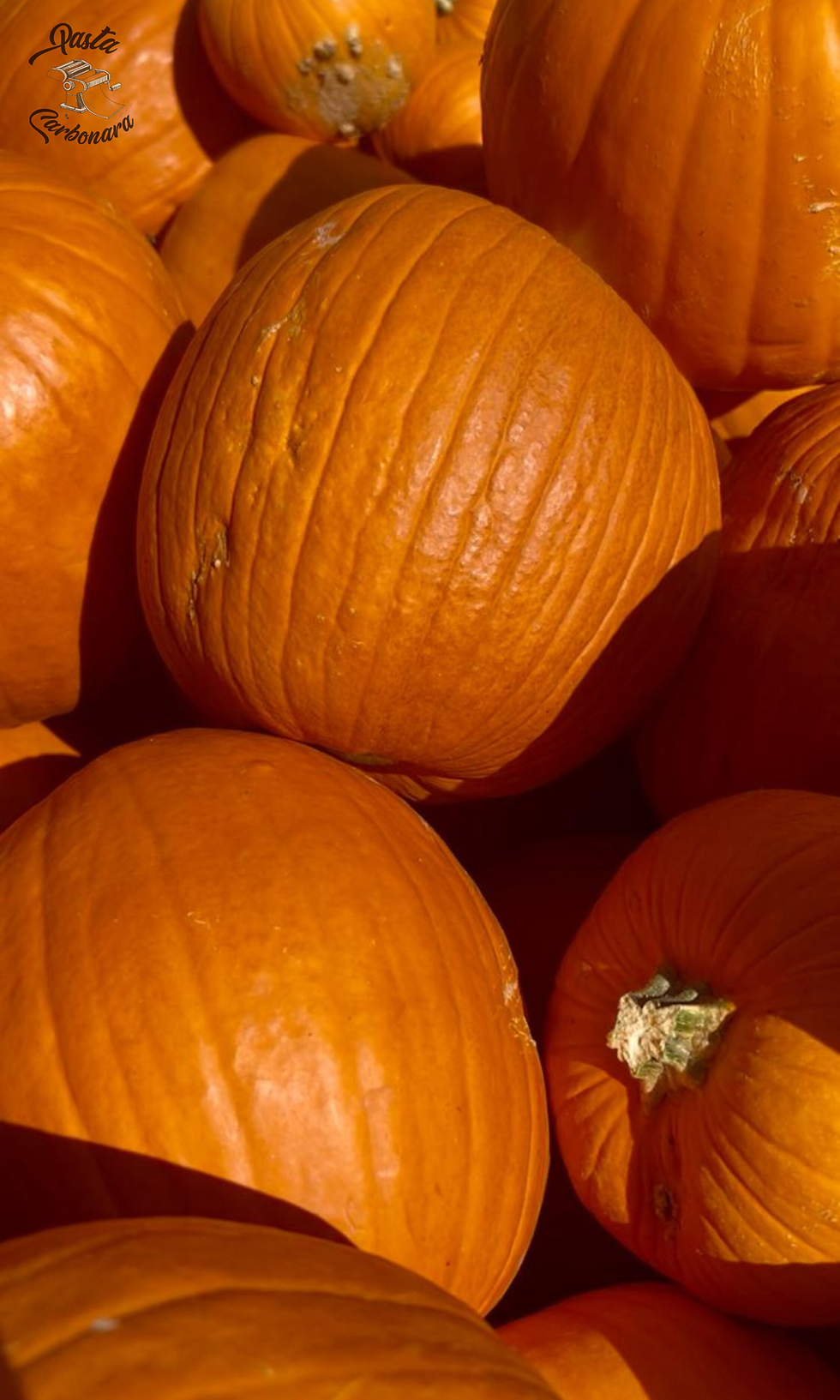Taralli: The timeless Italian snack
- Filio Cilli
- Sep 18
- 2 min read

Taralli are not just a snack: they are a symbol of Southern Italy’s gastronomic culture, a small concentrate of history, tradition, and conviviality. Crunchy, crumbly, and fragrant, taralli accompany aperitifs, breaks, and even afternoon coffee. Yet behind their simplicity lies a millenary story, tied to ancient gestures and recipes passed down through generations.
Ancient origins: from dry bread to popular markets
The first traces of taralli date back to the Middle Ages, when in the Italian countryside people prepared dry breads with long shelf life, ideal for farmers spending long hours in the fields. Not only in homes, but also in cities, taralli soon became protagonists: already in the 19th century in Naples they were sold by street vendors, served warm, freshly baked, in large wicker baskets. They were considered a cheap and nutritious “people’s food,” meant to satisfy quickly.
Regional varieties: the taste of diversity
Each southern region developed its own version, often tied to social uses and rituals:
Apulia (Puglia): the undisputed homeland of taralli. Here we find both classic versions with fennel or chili, and sweet taralli made with wine and almonds. In rural areas they were prepared for weddings and baptisms, offered to guests as a symbol of prosperity.
Campania: the famous 'taralli ’nzogna e pepe' (with lard, pepper, and almonds) are a Neapolitan institution. They were once sold especially along the seafront, near breweries, as the perfect pairing with a glass of wine or cold beer.
Calabria: Calabrian taralli, spicy and rich, are still a highlight of patronal feasts, baked in large quantities and shared among families. Some variants even include Tropea red onions.
Basilicata: here taralli are also flavored with cumin or wild fennel seeds, collected in the countryside, giving them a strong tie to the land.

Beyond the savory: sweet taralli and festive rituals
While the savory version is the most common, the sweet ones preserve a heritage linked to festivities and religious celebrations.
Glazed Apulian taralli: often prepared for Easter, with white icing and colorful sprinkles, symbolizing rebirth and joy.
Neapolitan sweet taralli: soft, flavored with lemon or anise, traditionally enjoyed during the Christmas season.
Sicilian taralli ('cudduredd'): especially popular in Palermo and Catania, enriched with sesame or almonds, often brought as gifts during family visits.
Many of these sweet taralli were prepared in convent kitchens by nuns, who sold them to raise funds for religious works.
Curiosities
A social symbol: taralli were not only food: offering them to guests meant sharing “daily bread.”
Ring shape: in many cultures the circle symbolizes eternity and unity. For this reason, taralli were also used in weddings as ritual sweets, as a good omen.
Popular economy: in the 19th century, taralli cost only a few cents each and were often the only affordable food for the city’s poorest workers.
Today: taralli have entered gourmet cuisine: reinterpreted by Michelin-starred chefs with unusual ingredients such as turmeric, black olives, cocoa, or even coffee powder.




















Comments